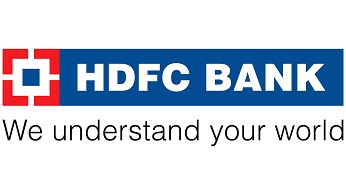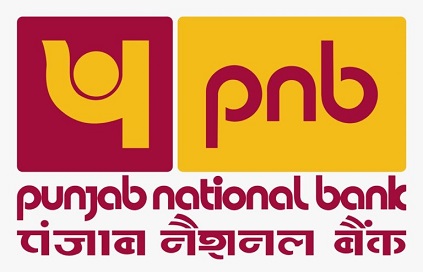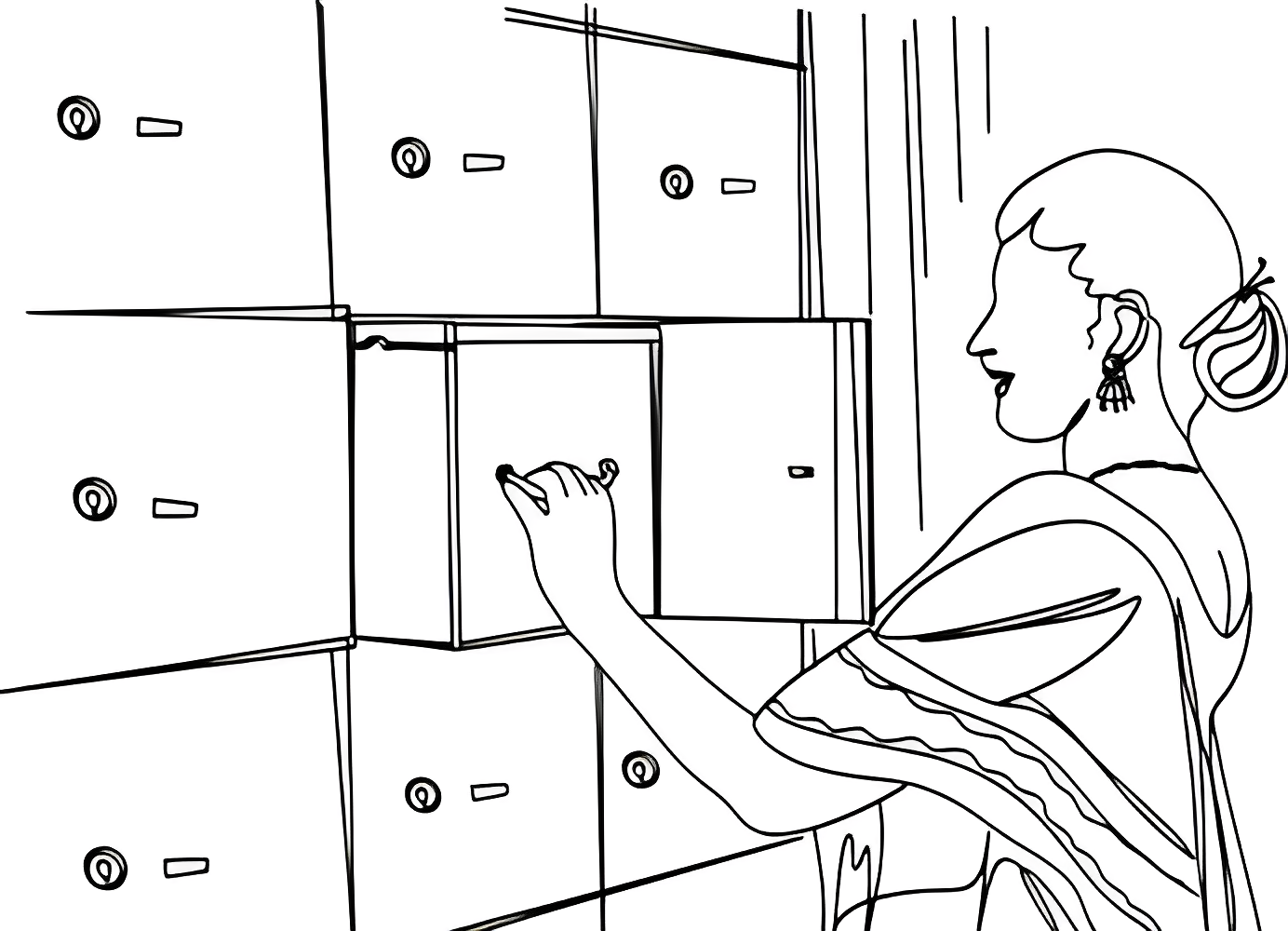Recently, news came to the public that termites ate INR 18.00 lacs of cash stored inside a bank locker of a public sector bank; this was trending in the news. Well, this isn’t strange because, as in non-metro or rural areas, the upkeeping of lockers in old branches of Public Sector Banks is not commendable.
I have chosen to discuss on this topic as a lot of queries, in general, come into the mind of customers, whether to avail a locker facility in a bank. And if so, what is the guarantee of the safety of my hard-earned valuable possessions? Mostly in India, valuable possessions, in this case, are referred to as jewellery. We’ll discuss everything about the locker in detail.
Who can avail locker facility?
Lockers can be availed by;
What are the documents required for availment of the bank locker?
Well this differ in case of each applicant type;
| Common for all | Only For partnership firms, Companies, Associations & Clubs |
| Application Form KYC Documents Locker Agreement | A Board Resolution Copy of Bye Laws Trust deed Partnership deed Certificate of Resolution from a Society, Associates or Club Letter on the Firm’s letterhead mentioning the persons authorized to access the locker and the mode of operation |
What are the charges for the bank locker?
The locker charges are decided on two factors:
- The basis of branch type viz Metro, Semi Urban or Rural. Also said Class A, Class B or Class C city.
- The size of the locker, which is divided as ; Small, Medium, large, Extra large.
For comparison of prices, we will analyze locker charges of 05 major banks from public and private sector; SBI, ICICI, HDFC, CANARA, PNB.

| BANK NAME | Locker Size | Metro | Urban | Semi Urban | Rural |
| SBI | Small | 2000 | 2000 | 1500 | 1500 |
| Medium | 4000 | 4000 | 3000 | 3000 | |
| Large | 8000 | 8000 | 6000 | 6000 | |
| Extra Large | 12000 | 12000 | 9000 | 9000 |

| BANK NAME | Locker Size | Metro | Urban | Semi Urban | Rural |
| HDFC bank | Extra Small | 1350 | 1100 | 1100 | 550 |
| Small | 2200 | 1650 | 1200 | 850 | |
| Medium | 4000 | 3000 | 1550 | 1250 | |
| Extra medium | 4400 | 3300 | 1750 | 1500 | |
| Large | 10000 | 7000 | 4000 | 3300 | |
| Extra Large | 20000 | 15000 | 11000 | 9000 |

| BANK NAME | Locker Size | Metro | Urban | Semi Urban | Rural |
| PNB | Small | 2000 | 2000 | 1250 | 1250 |
| Medium | 3500 | 3500 | 2500 | 2500 | |
| Large | 5500 | 5500 | 3000 | 3000 | |
| Very Large | 8000 | 8000 | 6000 | 6000 | |
| Extra Large | 10000 | 10000 | 10000 | 10000 |

| BANK NAME | Locker Size | Metro | Urban | Semi Urban | Rural |
| ICICI | Small | 1,200 – 5,000 | |||
| Medium | 2,500 –9,000 | ||||
| Large | 4,000 –15,000 | ||||
| Extra Large | 10,000 – 22,000 | ||||

| BANK NAME | Locker Size | Metro | Urban | Semi Urban | Rural |
| CANARA | Small | 2000 | 1500 | 1500 | 1000 |
| Medium | 4000 | 3000 | 3000 | 2000 | |
| Large | 7000 | 6000 | 6000 | 4000 | |
| Extra Large | 10000 | 8000 | 8000 | 6000 |
Additional Charges levied on lockers

What is the standard size of a locker?
In layman’s language, the lockers are classified as small, medium, large, extra large, etc. However, technically bank categorizes lockers in alphabets as A, B, C and so on.
| Size | Technical Categorization as per bank |
| Small | A & B |
| Medium | C |
| Large | D, E & H1 |
| Extra large | F, G, H & K |
Dimension of lockers as per Categorization; Following is standard sizes of lockers followed by banks in India.
| Locker Category | Dimension/Size |
| A | 125 x 175 x 492 |
| B | 159 x 210 x 492 |
| C | 125 x 352 x 492 |
| D | 189 x 263 x 492 |
| E | 159 x 423 x 492 |
| H1 | 321 x 210 x 492 |
| F | 278 x 352 x 492 |
| G | 189 x 529 x 492 |
| H | 321 x 423 x 492 |
| L | 404 X 529 X 492 |
| L2 | 385 x 529 x 492 |
Are bank lockers safe? How will bank compensate me in case of a loss?
Lockers are as safe as much is your money deposited in the bank. Lockers are governed as per the guidelines outlined by the Reserve Bank of India. RBI states that; “It is the responsibility of the banks to take all the necessary steps for the safety and security of the premises in which the safe deposit vaults are housed. It has the responsibility to ensure that incidents like fire, theft/burglary/robbery, dacoity, and building collapse do not occur in the bank’s premises due to its shortcomings, negligence and by any act of omission/commission.”.
It is hard to digest, but according to RBI Guidelines, bank’s bear no responsibility for your valuables inside lockers. However, Bank will be liable to pay, if incidents like fire, theft, robbery, building collapse, or any fraudulent activity is done by its employees. Bank will compensate only 100 times the prevailing annual rent of the safe deposit locker.
Let’s say if your annual locker rent is INR 15000/-, then bank is liable to pay its 100 times i.e. INR 15,00,000/- .
Are bank locker insured?
No, bank lockers are not insured. Irrespective of the value of content kept in locker, bank’s are only liable to pay 100 times of annual locker rent.
Can I keep cash/gold in my bank locker?
Yes, for Gold, and a big No for cash is advised.
Mostly lockers are availed to keep Gold and other valuable ornaments. However, it is not advised to keep cash inside lockers as recently a news came up where termites ate INR 18 lacs kept inside lockers.
Please note bank keeps no record of your items inside lockers. It is solely our responsibility. Items prohibited to keep inside the locker are arms, weapons, explosives, drugs, contraband material, perishable items, radioactive material, illegal substances, or any material that could pose a hazard or nuisance to the bank or its customers.
What if I lost my bank locker keys?
Charges to be paid by customer for break open of the locker, 1000 plus GST.
Is nomination mandatory for bank lockers?
It is mandatory to give while availing of a locker facility. There can be two nominees for a jointly held locker. Cancellation or modification of the nominee is possible.
Is fixed deposit with branch is compulsory to avail locker facilities?
The locker works on the principle of lessor-lessee, which means the bank is providing its space on a rental basis to customers for a particular time period. The time period is normally 03 years. as the bank may face a situation where the locker hirer is neither making payment due nor operating the locker. In such cases, the intention of the bank is to collect the rent beforehand for at least 03 years, which includes the break-open charges as well. To safeguard the bank’s interest in recovering of remaining rent, the bank advises the customer to open a fixed deposit amounting to at least the total charges of the locker till the end of the agreement. However, as per RBI guidelines, banks cannot insist on their existing locker-hirers for fixed deposits.
What are the new rules for bank lockers released by RBI?
With effect from Jan 2023, revised rules were implemented as per the guidelines of the Reserve bank of India. To safeguard the interest of public, RBI came up with comprehensive guideline’s;
- Compensation clause limiting to 100 % of annual rent irrespective of the cost of valuables stored. This compensation is debatable as the valuables inside the locker may be of much higher value. However, it is important to understand that the bank is only providing its space as a rental to customers. The bank is not taking responsibility for the items kept inside lockers. This compensation is also an indirect indication to the hirer to use lockers wisely.
- Transparency in allotment of lockers was always an issue, which is now addressed. Banks are to strictly maintain an inventory of lockers occupied and vacant and a waitlist in the Core Banking System (CBS) or any other computerized system compliant with the Cyber Security Framework issued by RBI. For every application received, an acknowledgment and a wait list number are to be issued to the applicant if the lockers are not available for allotment.
- CCTV footage of entry/exit points will be stored for 180 days. However, The operational area of lockers is not under CCTV surveillance.
- SMS and email Alerts are to be triggered before the end of the day of locker operation by the hirer.
Conclusion
Locker rules should have been revised long back as there were no stringent practices followed by banks earlier. Nevertheless, the apex bank’s move after the court’s direction is still appreciated. At least now, the compensation part is pretty much clear. The waiting list for availing locker is also transparent than before.
You might also want to read Insider’s Guide: Top 06 Cryptocurrencies to Watch in 2024 ; 100% Understanding the PMFME; Pradhan Mantri Formalization of Micro Food Processing Enterprises Scheme

